Who’s Afraid of the Tooth Fairy?
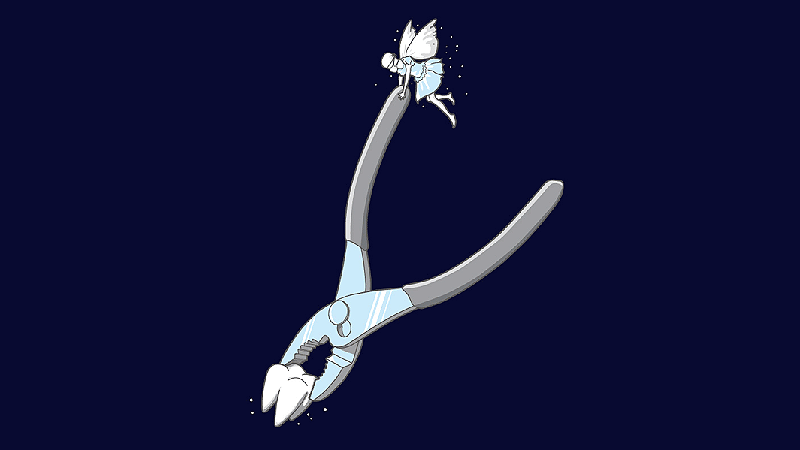
Kelly J. Baker My six-year old’s smile is missing yet another tooth. She lost her second incisor three weekends ago, and all that remains is a gaping hole where it used to reside. Since the start of Kindergarten, she’s lost four teeth in total. Her adult teeth are crowding into the small gaps left behind. The teeth that she fiercely cut as a baby are disappearing one by one, and now, she spends much time wiggling her loose teeth to determine whether they are ready to pull out. Wiggle, creak, wiggle, creak, wiggle, creak. Eventually, she cajoles me into offering a second opinion on a tooth’s looseness.
An American Reformation
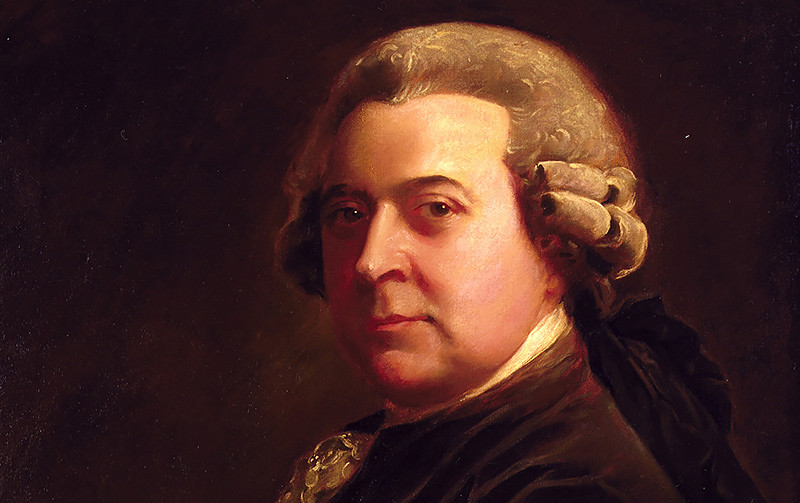
Amy Kittelstrom Somehow the word “godless” got hitched to the word “liberal.” The story of this coupling has something to do with the Cold War against communism, but behind this unholy union lies a much more interesting history of how some American elites led a very different fight against—well, elitism. Seven liberals, whose lives interconnected across two centuries through shared readings, relationships, and concerns, were so far from godlessness that the pursuit of truth and virtue dominated their lives.
Don Draper: Dharma Bum, Priestly Sage

S. Brent Plate In episode 9 of the final season of Mad Men, Don Draper sits in his empty Manhattan penthouse, having lost his wife and all his domestic possessions. A few episodes later he is driving his Cadillac through the western states with nothing but a bag of belongings. In the ultimate scene of the penultimate episode he gives his car to a local grifter. These final episodes turn Don into a Dharma Bum, some modern-day bodhisattva eliminating attachments through carefree wandering. He’s straight out of Japhy Ryder’s vision in Jack Kerouac’s 1958 novel Dharma Bums.
Religion in the Post-Colonial Humanities: An Interview with Kathryn Lofton
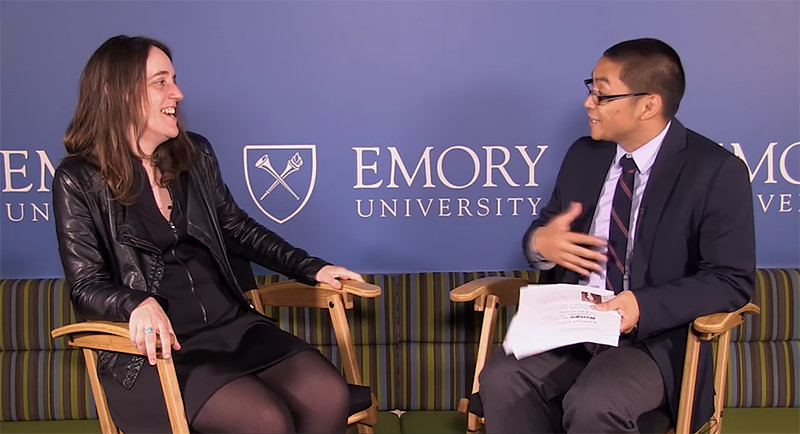
What are the current conditions and imminent possibilities for the Study of Religion? In this interview with Marko Geslani of Emory University, Kathryn Lofton, scholar of American Religion and incoming chair of the Department of Religious Studies at Yale University, discusses the state of the field in light of the crisis of the humanities, the institutional location of religion departments, graduate training, and undergraduate teaching.
Jesus Never Tapped Out: A Review of “Fight Church”
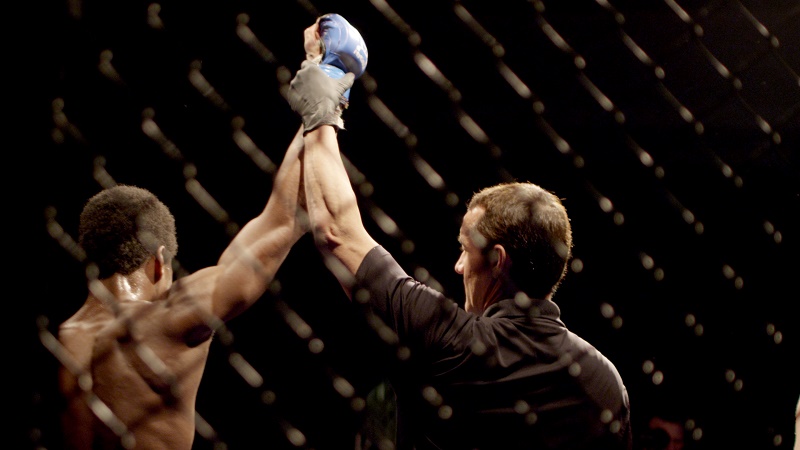
Kelly J. Gannon “Can you love your neighbor as yourself, and at the same time, knee him in the face as hard as you can?” So asks Fight Church, a new film by directors Daniel Junge and Bryan Storkel, that looks at a growing trend in evangelizing ministries that brings mixed martial arts (“MMA”) into the church. The film follows the MMA ministries of several men who are both pastors and fighters. Are fighting and Jesus diametrically opposed? Or is MMA a way to bring “tough guys” to Jesus? These are the main questions that drive Junge and Storkel’s project.
Images of Muhammad
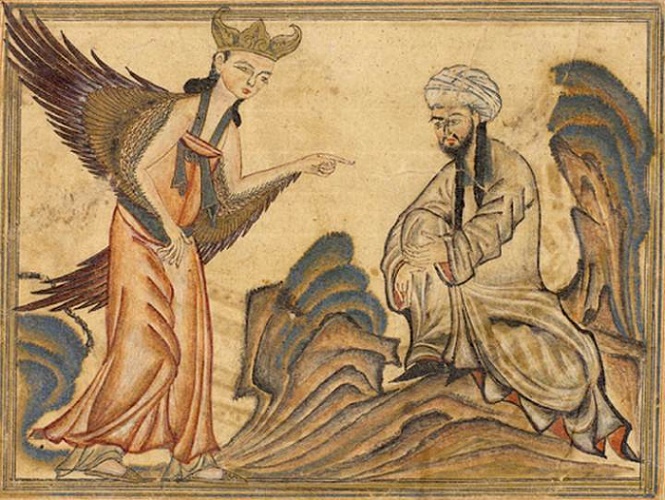
Hussein Rashid “What does Islam say about images?” It is a question that seeks to understand religion through unitary and static prescriptions. At its core, the question is about what is “Islamic.” Such a question is problematic because a community of believers decides what the religion means. Because human beings are involved, there will be differences. While there are boundaries for who a Muslim is, such as belief in monotheism, the prophethood of Muhammad, and observance of certain ritual and legal obligations.
The Ghosts of Malcolm X
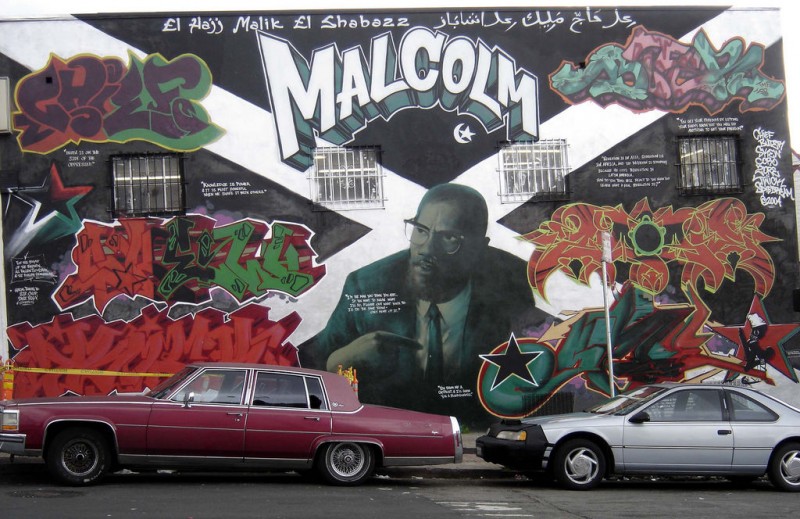
S. Brent Plate
A strange set of coincidences brought Malcolm X into my life in the past month, some invisible force of history that compelled a fusion of events. It was only a month ago that I realized February 21 was the 50th anniversary of his assassination, but energies were in play long before then that brought me to encounter Malcolm’s powerful ghosts. They arrived in buildings, books, bodies, and films.
Why Susan Sontag Matters
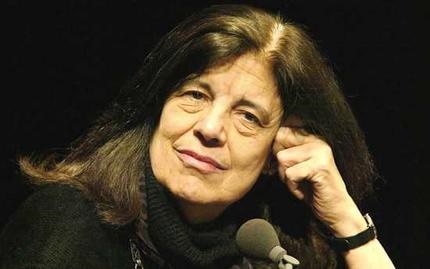
By Louis A. Ruprecht Jr. For anyone who is interested in religion and the arts, Susan Sontag’s (1933-2004) work remains essential. She burst upon the New York arts scene in 1966 with the publication of her collection of essays, Against Interpretation. The book was a tour de force examination of everything from second rate horror films to Critical Theory. Her primary interests were the performative arts, photography and film.
Field Notes on Drinking at a Buddhist Bar
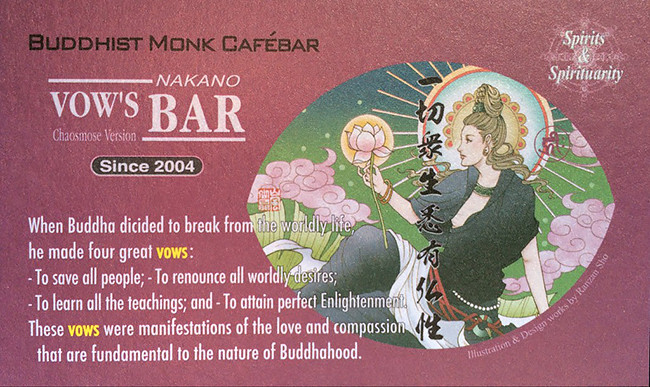
Jolyon Baraka Thomas
We are pretty familiar with how Tokyo’s neighborhoods reward the adventurous, so when Three and I met up for drinks in Nakano on an autumn evening in 2012, we struck out for one of the small side streets near the station instead of walking down the larger shopping arcade directly across from the station exit.
An Excerpt from “Atheism: What Everyone Needs to Know”
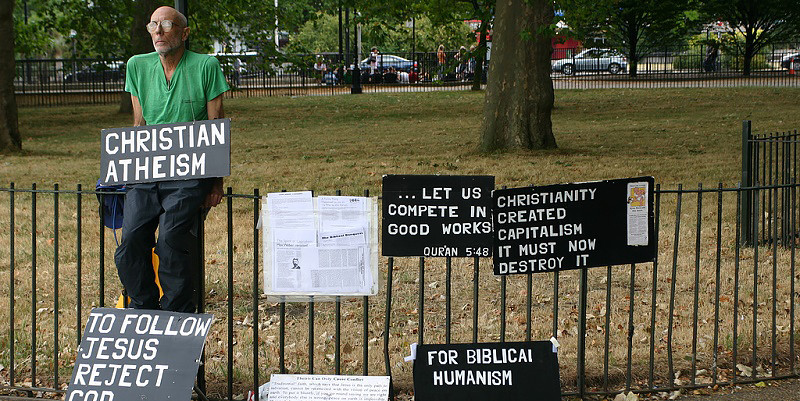
By Michael Ruse Christianity set the scene for the next two thousand years. It inherited the God of the Old Testament. By now, one is firmly in the world where one has moved from the one-among-many tribal god Yahweh to a single all-powerful creative deity: “Sovereign Lord, who made the heaven and the earth, the sea, and everything in them” (Acts 4: 24).
